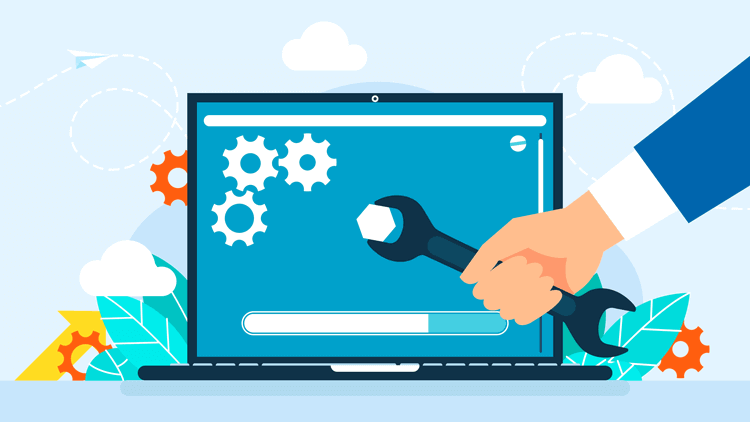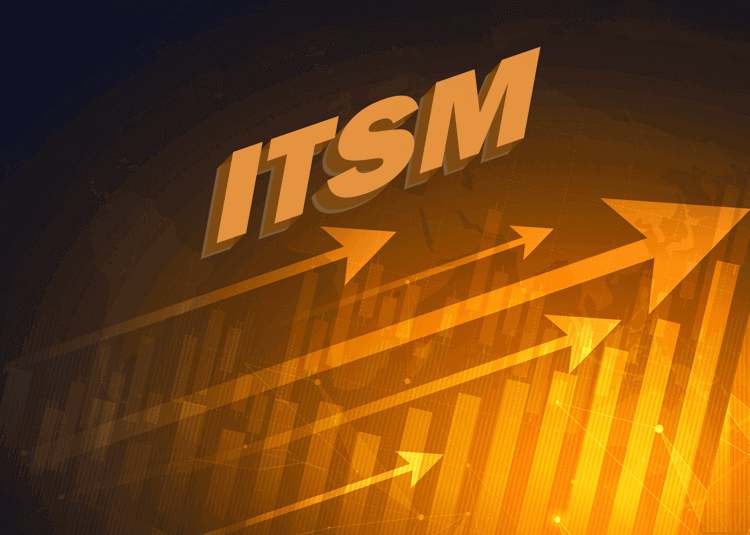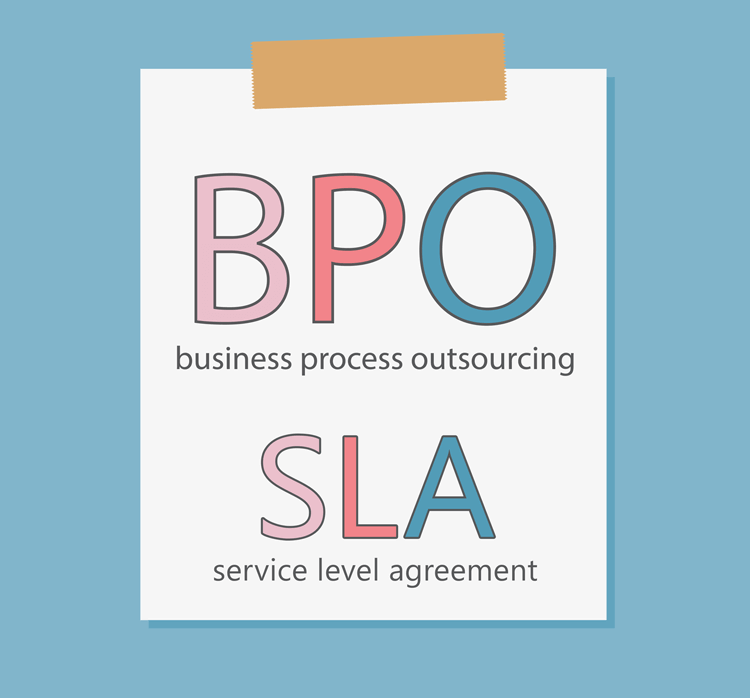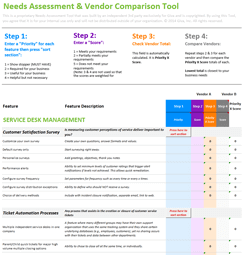16 IT Issues Teams Are Facing in 2026 Plus Practical Solutions Steps
IT teams are handling more work than ever, and the challenges they deal with are growing just as quickly. AI is changing how organizations operate. Cloud costs are increasing and becoming harder to predict. Data lives in many systems at once. And new regulations, new threats, and new expectations keep showing up for IT leaders to address.
In 2026, CIOs and IT teams focus on running reliable systems, managing costs, improving security, and supporting the business with technology that actually helps people work better. The issues below discuss what most organizations are dealing with this year and why these problems matter.

Top 16 IT Issues for 2026
-
IT Strategy Falling Behind Business Needs
Many organizations still use older IT plans that no longer match how the business works. Teams spend a lot of time maintaining older systems instead of improving them. When long-term planning falls behind, it becomes harder to move forward with modernization or adopt new tools.
In 2026, successful strategies focus on reducing technical debt, improving stability, and making sure the technology foundation is ready for automation and AI.
Practical Steps for How to Address This
- Review your IT roadmap every 6–12 months to match new business priorities.
- Identify the oldest systems that cause delays and plan updates or replacements.
- Focus on small improvements first so progress is steady and visible.
-
Expanding AI and the Use of AI Agents
AI is now part of everyday work in most organizations. AI agents can follow instructions, complete tasks, and support employees or customers. This creates new questions for CIOs:
- How do we use AI in a safe and responsible way?
- How do we avoid scattered experiments and focus on clear goals?
- How do we manage the security and privacy risks that come with advanced AI?
Attackers are using AI as well, creating convincing phishing attempts and automating parts of their attacks. At the same time, AI helps IT teams detect threats faster. The main challenge is using AI confidently while keeping systems secure.
Practical Steps for How to Address This
- Start with a few high-impact AI use cases, not many small experiments.
- Build basic AI guidelines so teams know what is allowed and what isn't.
- Put monitoring in place to track accuracy, mistakes, and data usage.
-
AI Infrastructure and Performance Gaps
AI tools require more power and better data flow than many organizations expect. Some teams underestimate how much GPU capacity, network speed, and storage they need. Others have trouble connecting their data sources in a way that AI systems can use.
Most companies do not build large models themselves, but they still need solid basics. Without these pieces, AI projects often slow down or fail to produce useful results:
- Good data pipelines
- Scalable cloud resources
- Fast, reliable storage
- Secure integration points
- Regular monitoring
Practical Steps for How to Address This
- Benchmark current systems to understand where performance slows down.
- Strengthen data pipelines first. AI depends on clean, accessible data.
- Use cloud-based GPU and AI services to avoid buying hardware too early.
-
Managing All the Cloud and SaaS Apps
Cloud adoption keeps growing, but it often leads to too many tools being added too quickly. Large organizations may use hundreds of SaaS apps, and many are introduced without review or long-term planning.
This creates challenges with:
- Security
- User access
- Redundant spending
- Data spread across multiple places
- Integrations that do not work well together
IT teams spend significant time trying to understand what tools exist and how they are used.
Practical Steps for How to Address This
- Create a simple intake process for new apps so IT knows what's being added.
- Review existing tools to remove duplicates or unused apps.
- Use identity tools to centralize login and improve visibility.
-
Cloud Cost Control and FinOps
Cloud costs rise quickly, especially when usage increases without planning or oversight. At the end of 2024, spending on public cloud services in 2025 was expected to be over $720 billion in 2025, and many organizations pay for unused licenses or over-provisioned resources.
FinOps practices help teams understand where money is going, adjust resources to match actual needs, reduce redundant tools, and keep spending predictable. AI workloads also need close monitoring because they can increase costs quickly if they are not managed carefully.
Practical Steps for How to Address This
- Set clear budgets and alerts for cloud usage.
- Adjust or shut down unused resources on a regular schedule.
- Involve finance and IT together so cost decisions are made with full context.
-
Legacy Systems and Technical Debt Slowing Down Progress
As organizations grow, they often end up with many tools that do not work smoothly together. This creates manual work and inconsistent workflows.
Platform engineering is becoming a common way to solve these problems. IT teams build internal platforms that provide standardized tools, automated setups, built-in security, and consistent ways to deploy services. This reduces complexity and helps teams work more efficiently.
Practical Steps for How to Address This
- List the most painful legacy systems and start with the one that slows the business most.
- Break modernization into smaller phases instead of large, slow projects.
- Use cloud services or low-code options to modernize faster.
-
Platform Engineering and Integration Challenges
As organizations grow, they often end up with many tools that do not work smoothly together. This creates manual work and inconsistent workflows.
Platform engineering is becoming a common way to solve these problems. IT teams build internal platforms that provide standardized tools, automated setups, built-in security, and consistent ways to deploy services. This reduces complexity and helps teams work more efficiently.
Practical Steps for How to Address This
- Standardize a small set of tools across teams before building larger platforms.
- Use APIs or automation tools to connect older systems with newer ones.
- Document common workflows so the platform team knows what to automate first.
-
Data Resilience, Backup, and Ransomware Recovery
Ransomware remains one of the most serious risks for organizations. Modern attacks target backups, cloud apps, identity systems, and collaboration tools.
Research shows:
- Many SMBs lose over $100,000 per incident
- Some lose a full day or more of operations
- Large organizations face breach costs averaging around $4.4 million
Strong backups, reliable recovery plans, and secure storage locations are essential for keeping systems and data available during an incident.
Practical Steps for How to Address This
- Test backup recovery at least twice a year to confirm it actually works.
- Keep a secure, offline copy of critical data.
- Make sure all departments know who to contact and what steps to follow during an incident.
-
Growing Cybersecurity Threats in the Age of AI
Cyberattacks are becoming faster and more automated. AI helps attackers create targeted phishing messages, scan systems, and run repeated attempts more efficiently.
The good new is, AI also helps defenders detect suspicious activity and respond quickly.
CIOs are focused on improving:
- Cloud security
- Remote and hybrid workforce protection
- Supply chain security
- Detection and response capabilities
Practical Steps for How to Address This
- Train employees on phishing and social engineering regularly.
- Use tools that monitor user behavior and flag unusual activity.
- Update security controls to cover cloud apps and remote workers.
-
Identity, Access, and Machine Identities
Identity management is now one of the most important parts of cybersecurity. Organizations often manage more machine accounts, such as bots, devices, and service accounts, than human users. In many environments, machine identities outnumber people by more than 80 to 1.
This creates challenges with:
- Access visibility
- Privileged accounts
- Passwordless and MFA adoption
- Contractor access
- Device and service-account permissions
Improving identity management reduces risk and helps prevent unauthorized access.
Practical Steps for How to Address This
- Move toward passwordless or stronger MFA options.
- Audit access rights on a regular schedule to remove unnecessary permissions.
- Track machine and service accounts the same way you track human users.
-
Privacy, Data Protection, and Data Residency
Data is stored across cloud services, SaaS platforms, mobile devices, and AI tools. As organizations gather more information, the risk of mishandling personal data increases.
CIOs must ensure that data is stored responsibly, access is limited, and privacy rules are followed. Remote work and international operations add complexity when data moves across regions or into systems outside of direct IT control.
Practical Steps for How to Address This
- Map where personal data is stored and who has access to it.
- Use encryption, masking, or anonymization wherever possible.
- Review data-sharing agreements with vendors to ensure compliance.
-
Compliance and New AI Regulations
Compliance requirements continue to evolve. Organizations still follow regulations such as HIPAA, PCI DSS, GDPR, and SOX, but now they must also prepare for new AI-related rules.
The EU AI Act is the largest example so far. Some parts took effect in 2025, and more will roll out through 2026 and 2027. These rules introduce requirements for high-risk and general-purpose AI systems, including new transparency and data protections.
Companies outside the EU may also be affected if they serve customers there.
Practical Steps for How to Address This
- Assign someone to monitor changes in AI and data regulations.
- Document how AI tools are used, what data they rely on, and who manages them.
- Build simple checklists to review compliance before launching new projects.
-
Data and AI Governance
As AI becomes more common, organizations need clear rules for training, deploying, and monitoring models. Poor data quality leads to weak results, and lack of governance increases privacy and security concerns.
CIOs are focusing on:
- Data quality and consistency
- Tracking where data comes from
- Policies for responsible AI use
- Model version tracking
- Risk assessments for AI systems
Good governance helps teams use AI confidently and with fewer surprises.
Practical Steps for How to Address This
- Set basic data quality rules and apply them across all major systems.
- Track where data comes from and how it is used in AI models.
- Establish a small internal group to oversee AI decisions and risks.
-
Hardware and Asset Lifecycle Management
IT budgets still include significant spending on hardware and licensing. Without good visibility, organizations may keep outdated equipment, miss warranty deadlines, or maintain devices that are no longer secure.
Strong asset management helps teams replace equipment at the right time, reduce waste, and support sustainability goals.
Practical Steps for How to Address This
- Maintain an inventory of devices and their replacement timelines.
- Retire unsupported equipment quickly to avoid security problems.
- Use automation to track warranties, updates, and usage levels.
-
Skills Gaps and Employee Overload
Cloud engineering, AI, cybersecurity, and data management continue to be difficult roles to fill. At the same time, employees across the company need support as new tools and processes appear.
CIOs are investing in upskilling, internal training, and basic AI literacy so employees feel more prepared and less overwhelmed.
Practical Steps for How to Address This
- Offer short, practical training sessions instead of long courses.
- Encourage teams to share knowledge through internal demos or workshops.
- Introduce new tools slowly and explain why the change matters.
-
Sustainable and Energy-Efficient IT
Energy use from data centers and AI workloads is becoming a priority for many organizations. CIOs are looking for ways to reduce unnecessary usage, improve hardware efficiency, and select cloud providers with stronger sustainability practices.
Efforts include:
- More efficient hardware
- Better cooling strategies
- Scheduling workloads
- Reducing unused compute resources
These changes reduce costs and support long-term environmental goals.
Practical Steps for How to Address This
- Consolidate workloads on fewer, more efficient systems.
- Use cloud services with strong environmental commitments.
- Turn off or decommission unused compute resources and older hardware.
The Road Ahead for IT Issues in 2026
The IT environment in 2026 continues to evolve quickly. CIOs are expected to strengthen security, manage costs, modernize systems, and support teams with reliable technology. AI offers major benefits but also brings new challenges that need careful planning.
Organizations that focus on clear strategy, strong governance, continuous modernization, and practical use of AI will be in a strong position to adapt to whatever comes next.
Is it Time Your Business Experienced the Giva Difference?
Giva has a suite of support software for IT teams including:
Giva helps teams achieve Service Management excellence:
- Deploy in days, train in 1 hour
- Robust, fast and painless reporting for higher-quality decision-making
- Highly customizable without programming or consultants
Get a demo to see Giva's solutions in action, or start your own free, 30-day trial of Giva today!





